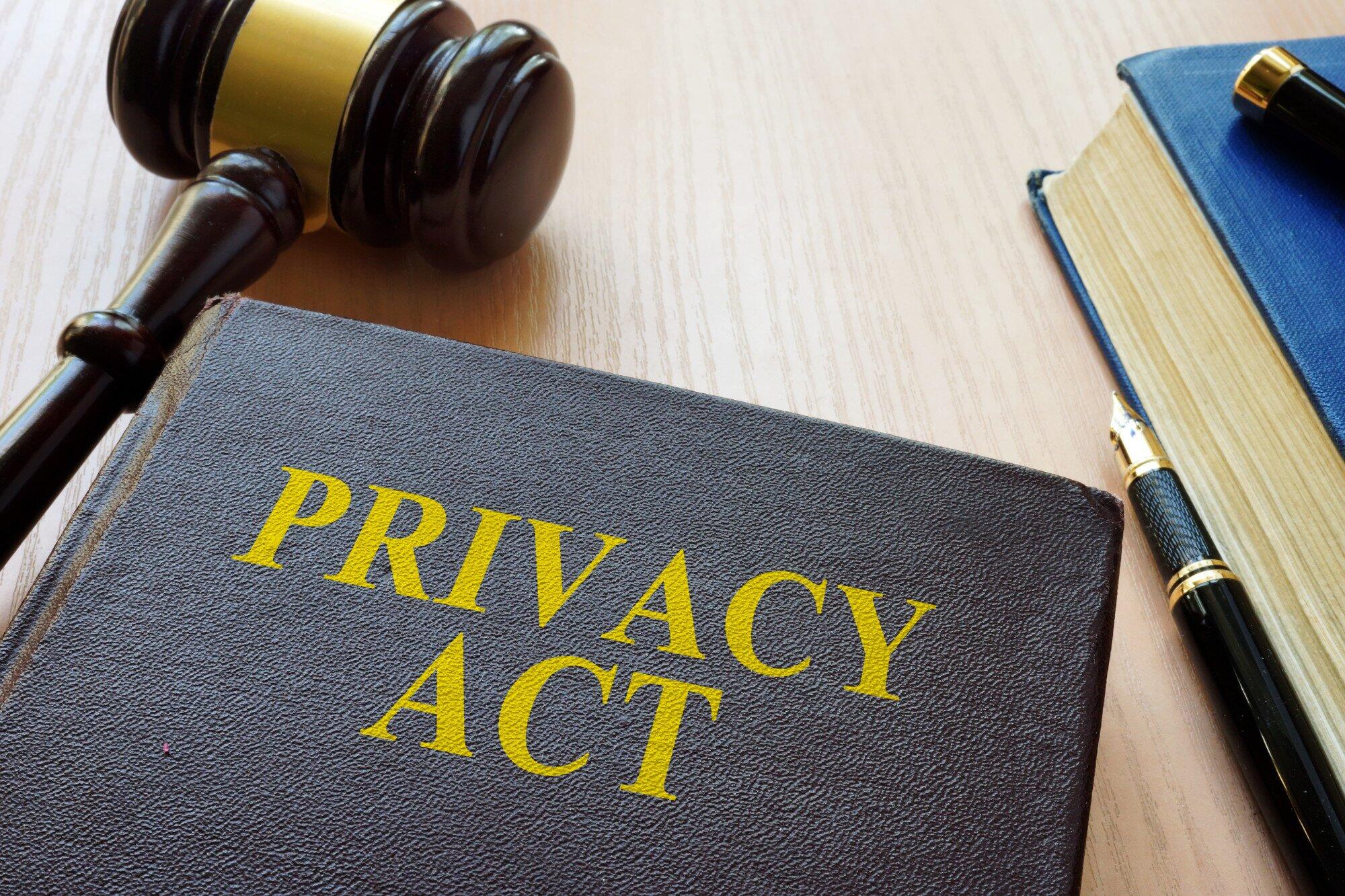Between 2020 and 2021, trademark applications increased by 63% across the US. Since this is the last available USPTO reporting period, it’s clear that America is getting more innovative than ever before. Trademark laws are a fundamental part of protecting your intellectual property. Read on to learn the basics of individual and business trademark laws so you can keep your ideas safe.
The Basics of Trademark Laws
A trademark legally protects brand symbols. These are words, phrases, or designs that identify your business. Legal trademarking can secure any combination of these identifiers.
This is critical because consumers use these symbols to identify your goods and services. They can recognize you over competitors. Branding symbols set you apart, inspire brand loyalty, and make you more visible and recognizable.
These symbols are your intellectual property. They are tangible manifestations of a brand identifier that you have created. Others cannot access it because they are your creations.
Trademarks do more than simply identify the source of your products and solutions. They give your brand legal protection and recourse if infringement takes place. In this way, you are more secure from fraud.
Are Trademarks Different From Patents or Copyrights?
The short answer is “yes.” All three fall under the umbrella category of intellectual property, but they protect different things.
- Trademarks protect brand identifiers. Examples include:
- Brand logos (e.g. McDonald’s golden arches, Apple’s bitten apple symbol, the Nike checkmark)
- Your brand name (e.g. “Burger King,” “Amazon,” “Funko”)
- A slogan/statement (e.g. “America runs on Dunkin,” “the happiest place on Earth”)
Patents protect technical inventions that you have created. If you were to make a machine, design, or prototype, you would need a patent to produce it. This patent would stop others from producing your design.
Copyrights (©) protect intellectually created works. Examples include creative writing, written music, software code, or artwork. They must be available in a tangible format like paper, canvas, or a film/photo reel.
So, you can use a trademark to protect your brand’s message, visibility, and identification symbols.
Registered Trademarks and Your Rights
An individual or business owns a trademark the second they begin associating it with their goods and services. No legal action is required. Without registration, you simply get the right to your symbols when you use them to identify your business and offerings.
- However, the rights that you get at this point are limited:
- They only apply to your specific service area (usually within your city or state).
- They only prevent other businesses in your industry from using similar symbols.
- There is little legal recourse to fall back on if someone uses a non-identical similar symbol.
You can register your trademark to get more rights. These rights will let you expand your business past your geographical area so you can sell online or in multiple locations. US trademark registration means your rights to the symbols extend all across the United States.
Regardless of whether you register your trademark or not, you can use the ™ symbol to denote that you own the rights to your brand imagery. You can use the ® symbol once you register the trademark.
What Does Trademark Infringement Look Like?
Trademark infringement takes place when someone uses your trademark without consent. This is especially true if the business engaging in unauthorized use is your competitor. However, if the goods and services are not similar, you still may have a case if the imagery is alike enough.
A famous example is the Apple Corps vs Apple Computer case. The Beatles came up with the name Apple Corps for their music company in 1968. Apple computers have gone head-to-head with Apple Corps many times in the past.
In the end, Apple Computers paid Apple Corps a cash settlement and promised to stay out of the music industry. This is usually what will happen after trademark infringement. While this was far from the end of Apple Corps and Apple Computers’ decades-long battle, it provides a great look at what trademark infringement means.
For your business, trademark infringement can take many forms. If you were to own and operate a Chinese restaurant with a fortune cookie logo in Hex Code #FF0000, you could expect other Chinese restaurants near you to stay away from that symbol. If someone created a logo that looked similar enough to yours, you would have grounds for an intellectual property lawsuit.
What Happens After Trademark Infringement?
If you suspect that your trademark rights have been violated, you can file an intellectual property lawsuit. The first step to doing this is speaking with an experienced lawyer.
An attorney can help you determine whether infringement has actually taken place. If it has, they will assess the best way to help you reclaim your brand symbols.
This usually takes the form of reaching out to the person that used your trademark without authorization. Attorneys will negotiate with the defendant’s lawyers to reach a settlement.
This settlement will force the other company to change its brand imagery so it does not look like yours. You will once again be the exclusive user of your brand name, logo, or slogan.
You also are likely entitled to financial compensation, though this will vary on a case-by-case basis. The only real way to know what to expect is to speak with an attorney as soon as you believe your rights to have been violated.
Secure Your Intellectual Property
Now that you know the basics of trademark laws, it’s time to get legal assistance. At Boyer Law Firm, we’re committed to helping you protect your intellectual property.
Our attorneys have been providing top-notch representation to both businesses and individuals since 2008, so we know how to protect your inventions, innovations, and ideas. Contact us to learn more and schedule a consultation.





